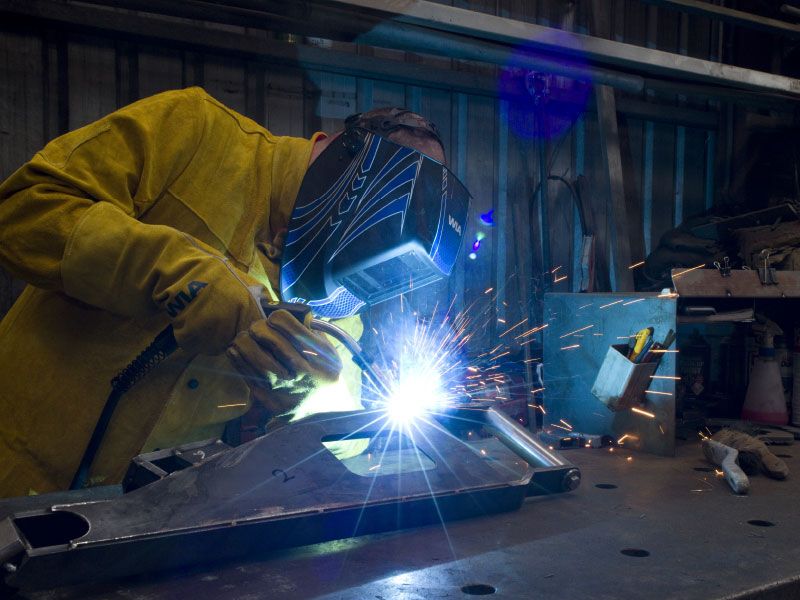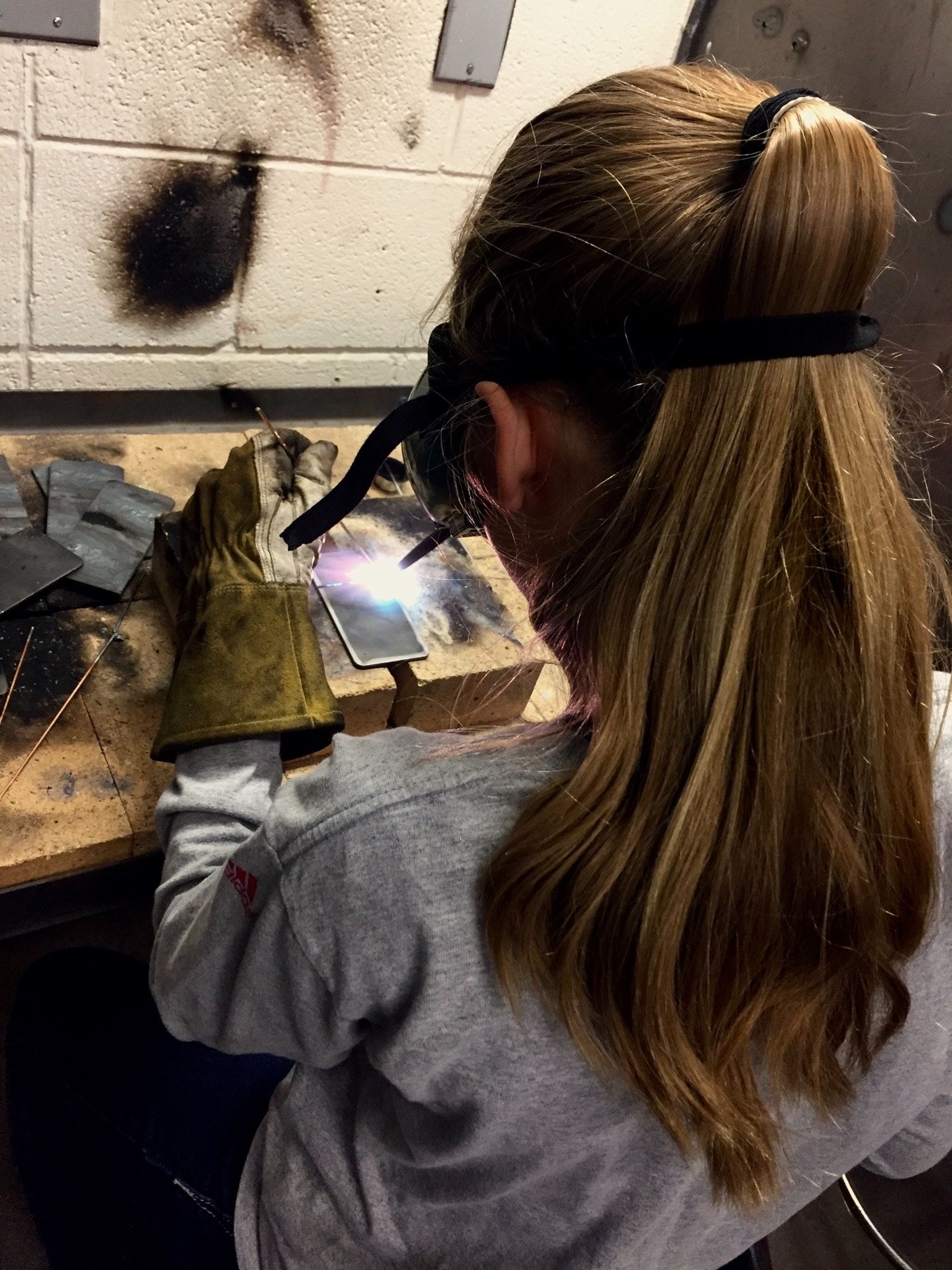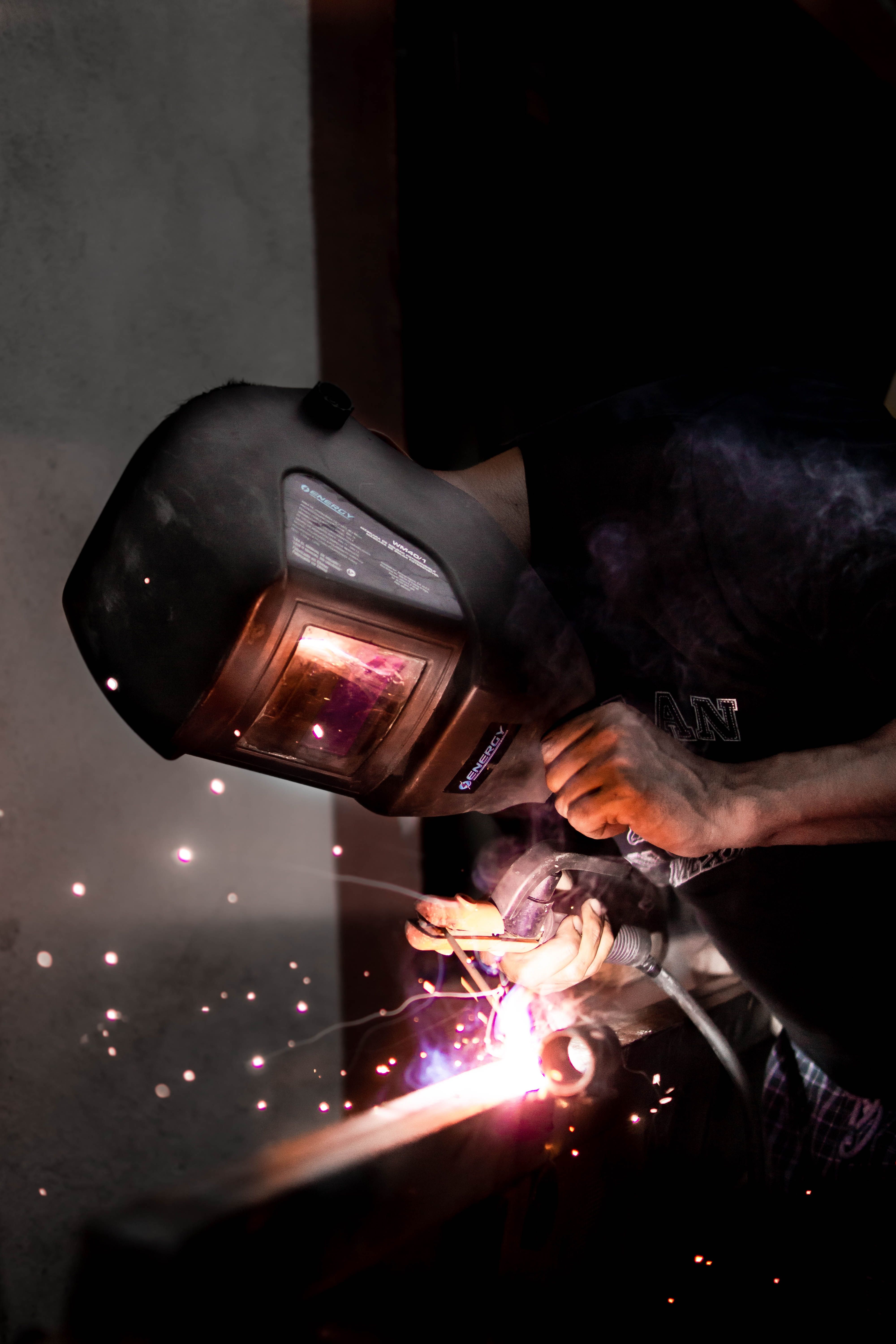MIG welding, also known as Gas Metal Arc Welding (GMAW), is a widely used welding process that offers efficiency, speed, and versatility. It involves creating an electric arc between a consumable wire electrode and the workpiece, while a shielding gas protects the weld from atmospheric contamination. MIG welding is favored for its ease of use, making it suitable for both beginner and professional welders across various industries. In this article, we will delve into the fundamentals of MIG welding and explore its applications, benefits, and key considerations.
At the heart of MIG welding is the MIG welding machine, which consists of a power source, a wire feeder, and a welding gun. The machine delivers a continuous wire electrode, typically made of steel or aluminum, through the gun, while the welder controls the wire speed and voltage settings. Simultaneously, an inert gas, such as argon or a mixture of argon and carbon dioxide, is released through the gun's nozzle, enveloping the weld area to shield it from oxygen and other contaminants.
The advantages of MIG welding are manifold. Its high deposition rate allows for faster welding speeds and increased productivity, making it particularly useful for applications requiring large volumes of welds. Additionally, MIG welding can be performed on a variety of materials, including carbon steel, stainless steel, aluminum, and even some exotic metals. The process also offers excellent control over the weld, enabling precise bead placement and minimal spatter. Furthermore, MIG welding is highly versatile, suitable for both thin sheet metal and thicker materials.
Before initiating a MIG weld, proper setup and preparation are crucial. This includes selecting the appropriate wire diameter, material, and shielding gas based on the workpiece and desired weld characteristics. The machine settings, such as voltage and wire speed, should also be adjusted to achieve the optimal arc and weld penetration. Furthermore, safety measures such as wearing appropriate PPE, ensuring proper ventilation, and grounding the workpiece must be followed to protect the welder and maintain a safe working environment.
In conclusion, MIG welding is a popular welding process that offers speed, versatility, and ease of use. By employing a continuous wire electrode and a shielding gas, MIG welding provides efficient and clean welds on various materials. Its widespread use across industries such as automotive, construction, and fabrication is a testament to its effectiveness. However, it is important for welders to familiarize themselves with proper setup, equipment, and safety procedures to achieve optimal results. With its versatility and productivity, MIG welding continues to be a go-to choice for welders seeking efficiency and quality in their welding projects.




